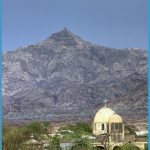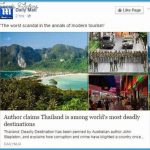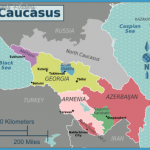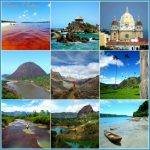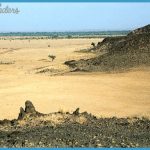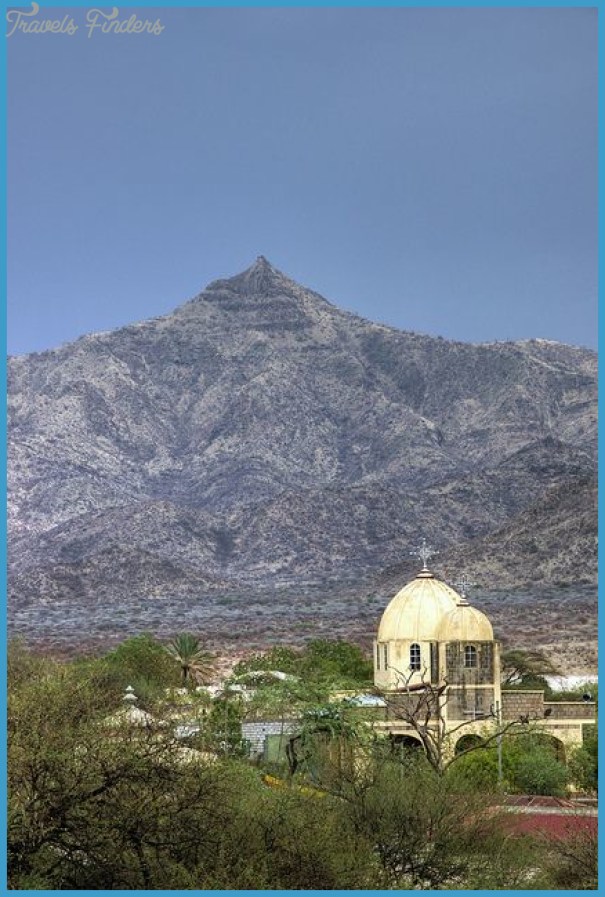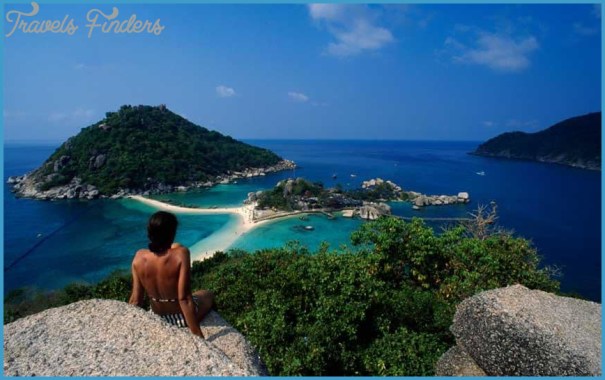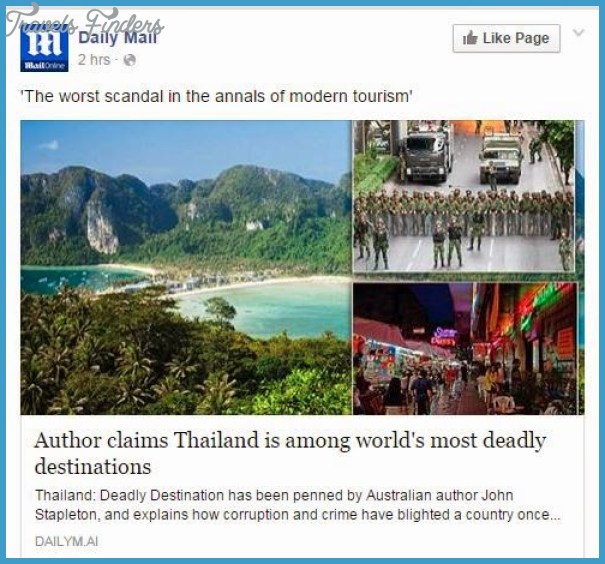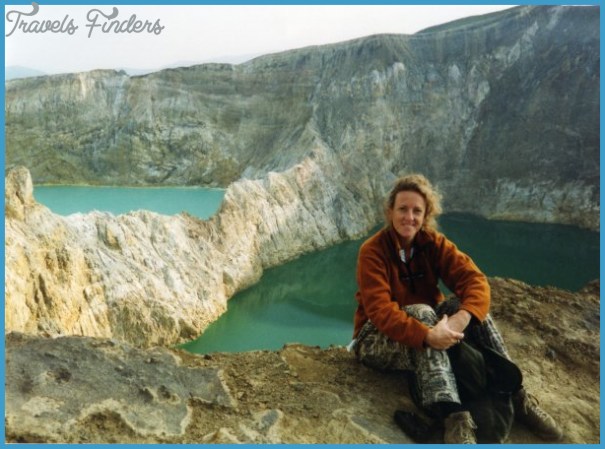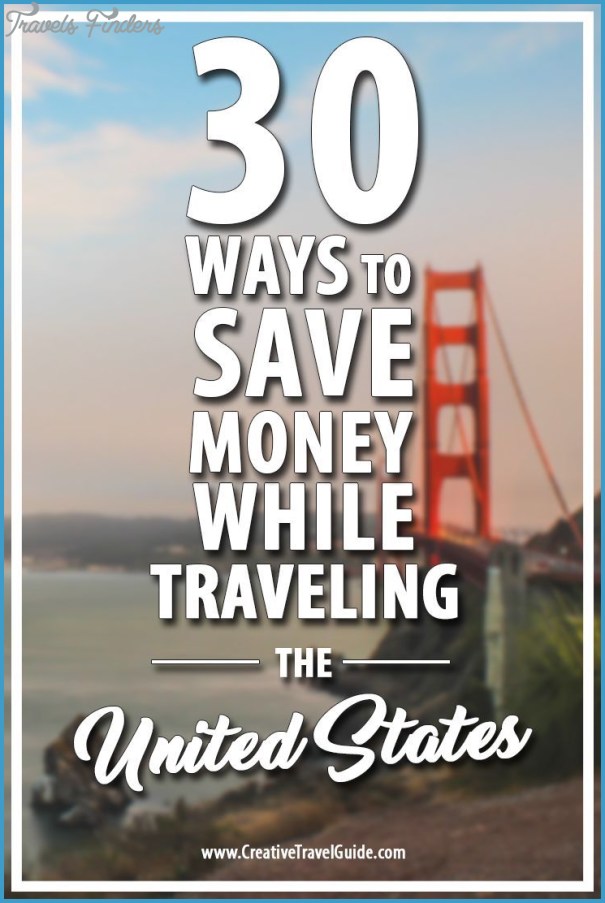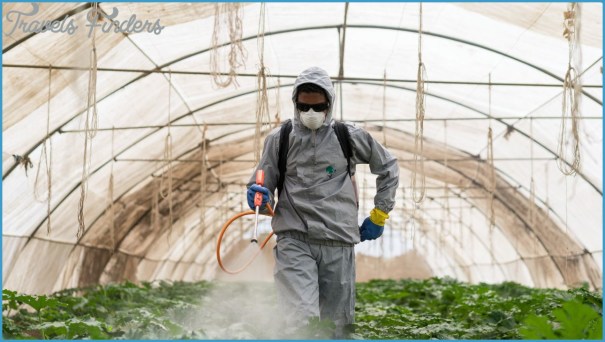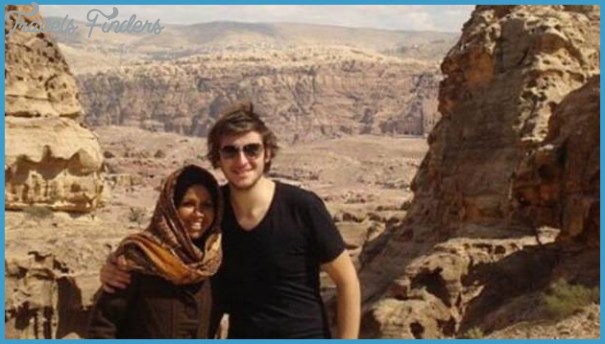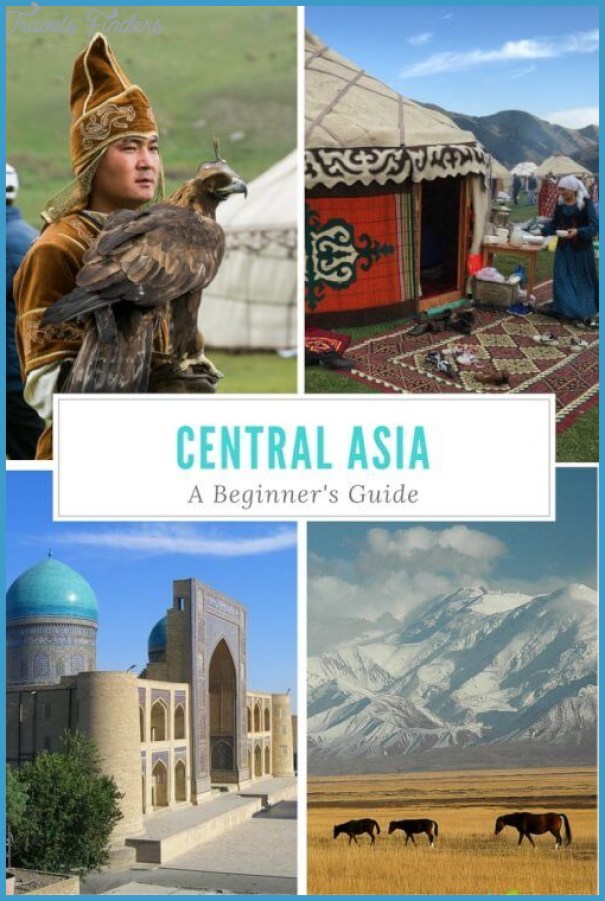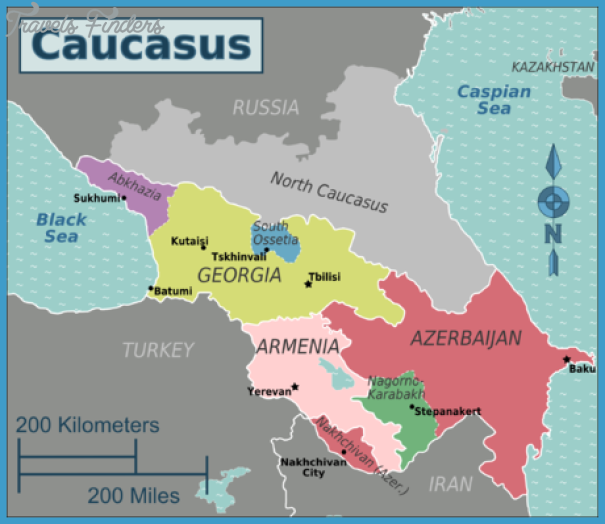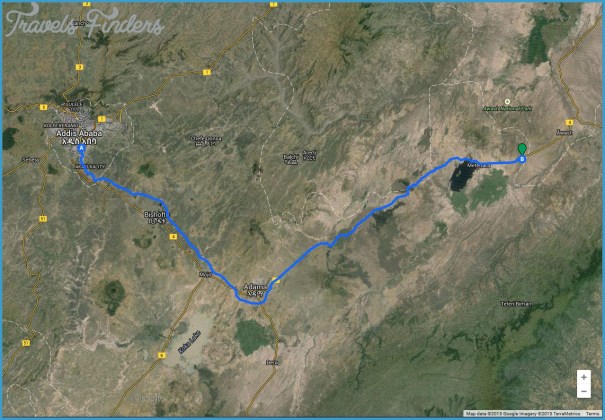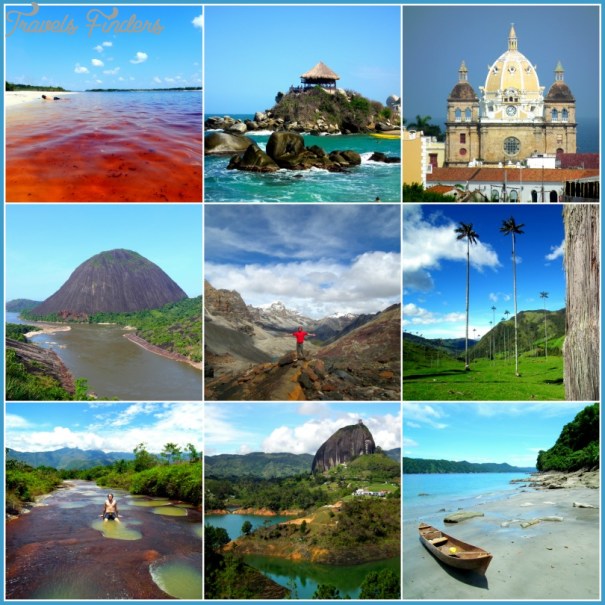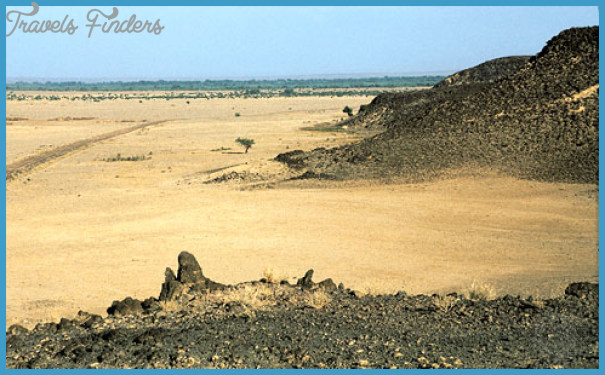Countries Awash in Danger for Travel
Every time I head to a country that I assume will be dangerous, I’m surprised by how different the reality is when compared to their reputation. Of course, I’m not going to take a visit to Honduras anytime soon or head to Syria in the midst of a war. But, for countries like most of those in Southeast Asia, places I often imagined being quite unsafe, I was stunned by how much safer I was than in most cities in Europe and the United States.
And, when I was doing something foolhardy, random locals usually chimed in to look out for me. On multiple occasions, completely random locals told me to be careful in Vietnam about how I was recording video from the back of a moped. Why? Because of a limited risk of snatch and grabs. Fair enough. That would apply equally in the U.S. or Italy.
I’ve also taken my full-sized DSLR camera with me on each trip and used it in virtually all of the places I went. True, I was very careful with it and my phone and made sure to hold it securely, while paying special attention to my surroundings. I was also careful not to pull it out, or have it hanging on my side lazily in particularly dodgy areas. But, I often felt safer and less likely to get mugged in ‘unsafe parts of Asia than I do in Phoenix or London.
Countries Awash in Danger for Travel Photo Gallery
Often, the only real threat in many of these countries is conventional snatch and grab or pickpocketing. These are normal risks and should not be viewed as abnormal or blown out of proportion. More often than not, when I do encounter another traveler who has had issues arise, the culprit isn’t a local, it’s another tourist.
In general, the more I travel, the more I find that locals are almost always extremely friendly and proud to represent their home. If lost, or concerned, all I need to do is approach one or two locals, and in most places, you find they’ll go out of their way to be extremely helpful and kind. It’s always a humbling experience.
My travels in Southeast Asia and China also provided an opportunity to visit different regions and areas considered ‘dangerous such as Central Myanmar or Southern Thailand. In these cases, perception is drawn from more generic articles about the government and their politics, some minimal level of civil unrest, the alleged threat of terrorists targeting tourists or in other cases simply due to grossly inaccurate and offensive depictions based merely on large Muslim populations.
Short of actively antagonizing the groups involved and being reckless, these were all manufactured issues or grossly overstated risks perpetuated by western media and a headline-driven western narrative. The reality though? I was probably safer in these areas going about my daily business than I would have been during my daily commute at home.
While heartbreaking and terrifying, I consider the real threat from terrorists to be negligible. Issues with government officials and civil unrest are, as usual, easily avoided if you’re not being an idiot
and don’t decide to lecture the Communist Military Police officer sitting behind you about their governmental policies or hang around a political march. Civil protests are few, far between, and easily avoided. As far as the “Muslim” threat this boils down to little more than absurd ignorance and racism
In a period where terrorism and negative depictions of the world are becoming more and more violent, I think it’s important to do your research. It’s essential to understand how often these headlines are misleading and to act with intelligence, but from a position based on reality and context, not empty fear or myths.

